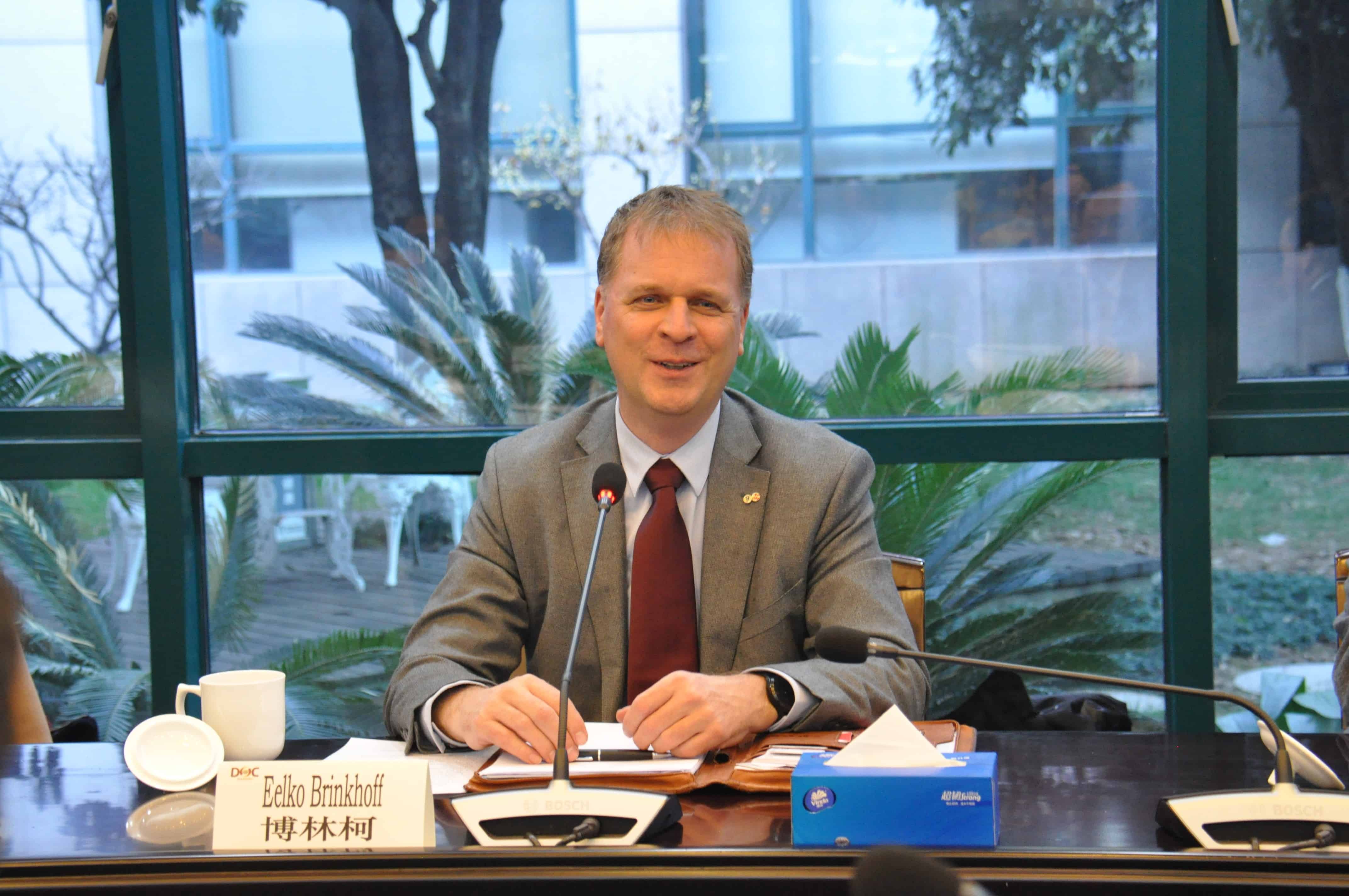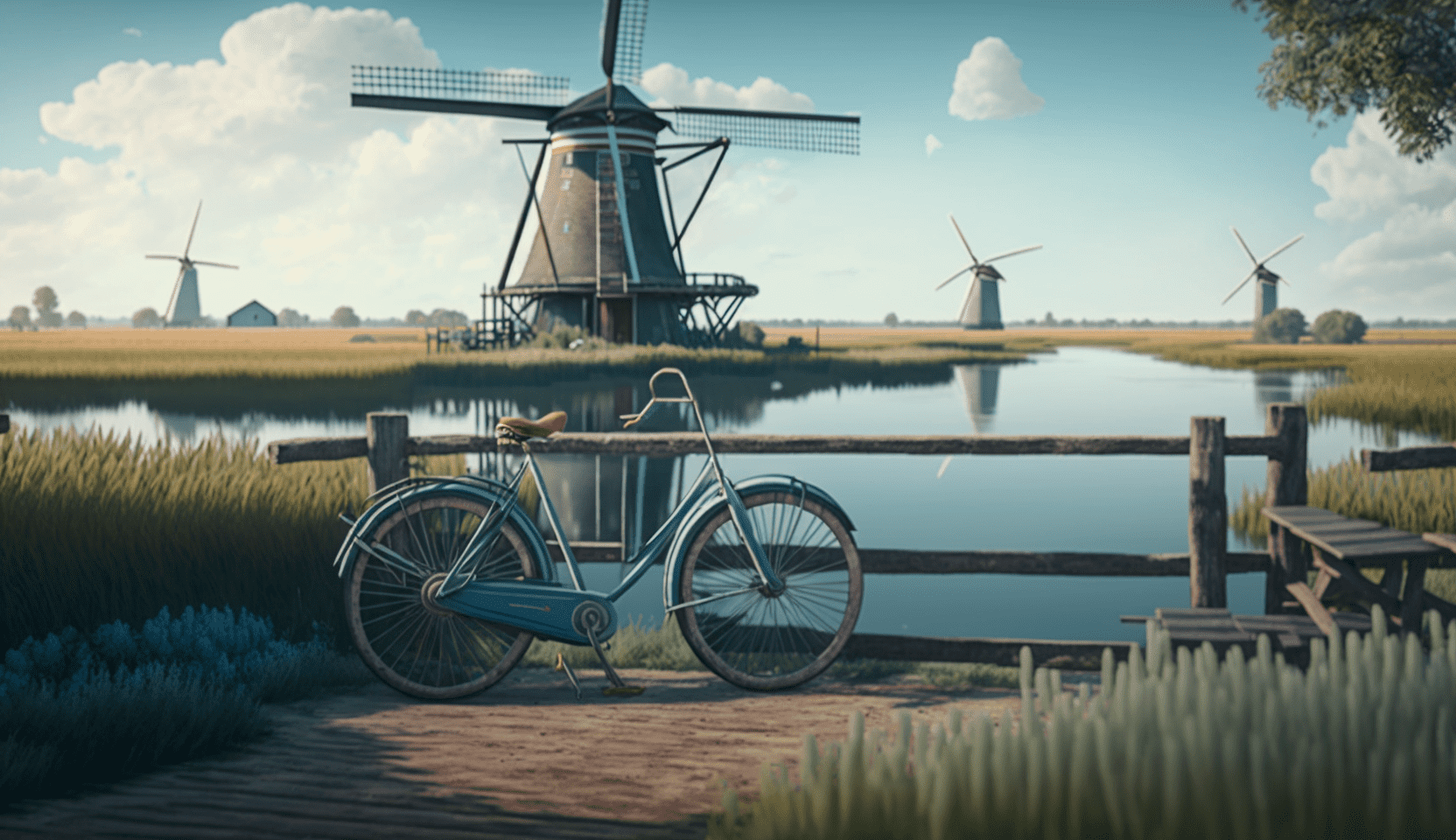
What is typical about Dutch Innovation? Can we coin it as a concept, like Dutch Design? And is that an opportunity to position the Netherlands more strongly on the world stage as a leading innovation country? In a three-part series, we try to explore the content, opportunities and limitations of Dutch innovation. In this first article, Peter Oosterwijk, founder and creative director of the Dutch Innovation Foundation and organizer of the Dutch Innovation Days, May 11, 12, and 13 in Enschede, tries to find out if there is actually such a thing as Dutch innovation. In parts 2 and 3, we talk it through with experts and delve deeper into what sets the Netherlands apart regarding the major innovations needed in this day and age.
When looking at Dutch innovation, it is best to start with the country’s characteristics. The Netherlands has always battled with the elements due to its specific geography, such as dealing with water and reclaiming land. This has led to a culture of adaptation, resilience, and innovative thinking. That heritage continues to receive full attention today: the current Dutch government and companies – at national and regional levels – have embraced sustainability and the circular economy as an important part of their innovation strategy – if only for its own sake, otherwise the country will be flooded.

Peter Oosterwijk is convinced that we could do more to leverage this concept of the Dutch way of innovation. “I find it extraordinary that no country profiles itself with a way of thinking. The Netherlands really has an opportunity here. Because of its DNA, its mentality, but also its – for us – self-evident structures.”
With his organization, Oosterwijk aims to establish “Dutch Innovation” as a concept, allowing the Netherlands to show the world what it is capable of – and perhaps inspire some people from outside the country. “The Netherlands is known worldwide for ASML, but also Bluetooth, Wifi, the first chips, and the beginning of Youtube. How wonderful it would be if we also became known as a pioneering country with an open, no-bullshit, and non-money-driven culture focusing on meaningful innovation to create solutions that help the world. A better world with more social, fairer, cleaner, smarter products that positively impact people and nature.”
Little hierarchy, highly educated and fluent in English; it all helps
Dutch innovation emphasizes collaboration, both domestically and with international partners. This open approach leads to creativity, as it is easier to inspire each other and share more ideas and resources. And although there has been much criticism of the Dutch education system recently, it still stands up well compared to many other countries. The system is designed to encourage innovation of new ideas and technologies, thanks partly to universities and research institutions that often perform at the highest level worldwide.
Another factor that helps the Dutch innovate is their multilingual and internationally-oriented population. The Dutch population is highly educated and (almost) fluent in English, which enables them to easily connect and collaborate with innovators from other countries. The strong design tradition also helps here. Dutch designers are known for their practical, user-centered approach, often leading to elegant and functional solutions.
On top of all this, the relatively flat organizational structures in Dutch academia and businesses can also contribute to the success of Dutch innovation. The absence of strict hierarchies promotes a more egalitarian and collaborative work environment, which can positively affect innovation. These characteristics encourage open communication, leading to employee empowerment and autonomy, cross-functional collaboration, and faster decision-making. Some people think this can also attract talent: a less hierarchical work environment can be more attractive to talented individuals who value autonomy, collaboration, and open communication. However, this comes with a disclaimer because the whole Dutch innovation ecosystem desperately needs more talent now.
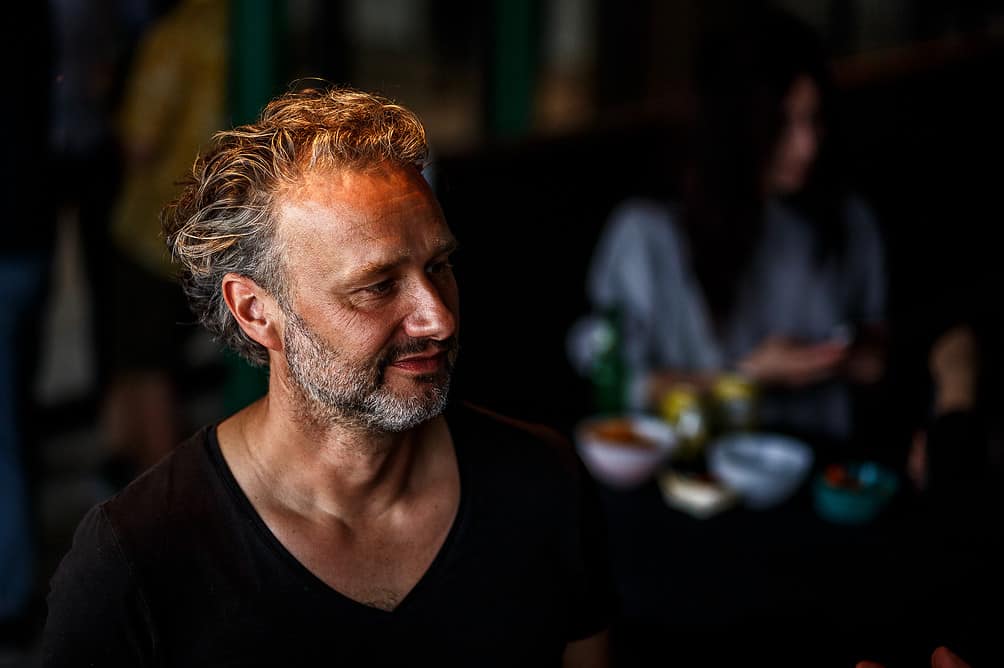
Is there a recipe for innovation?
Oosterwijk summarizes Dutch innovation as “an open ecosystem in which, without much hierarchy, anyone can meet anyone, employees can correct their bosses, and a doer’s mentality prevails, which means that we can go from idea to first concept more quickly than others. The short time to market, revolutionary way of thinking, and our accessible, low-threshold collaboration make the Netherlands – in addition to having a fresh commercial spirit and strong infrastructure – a country with its own recipe for innovation.”
For Oosterwijk, innovation is also the creation of new comfort zones. “Moving ahead through creativity and ingenuity. It’s not just a toy for the techies. It’s also about artists constantly challenging current status, systems, and technology. It’s about the creatives and programmers hidden in organizations who are a catalyzing force with their insights and the entrepreneurs and investors who see, dare, and do things differently than usual. And, of course, let’s not forget all those ingenious tinkerers who work in their attic or shed to bring dreams and necessary innovation to life against all odds.”
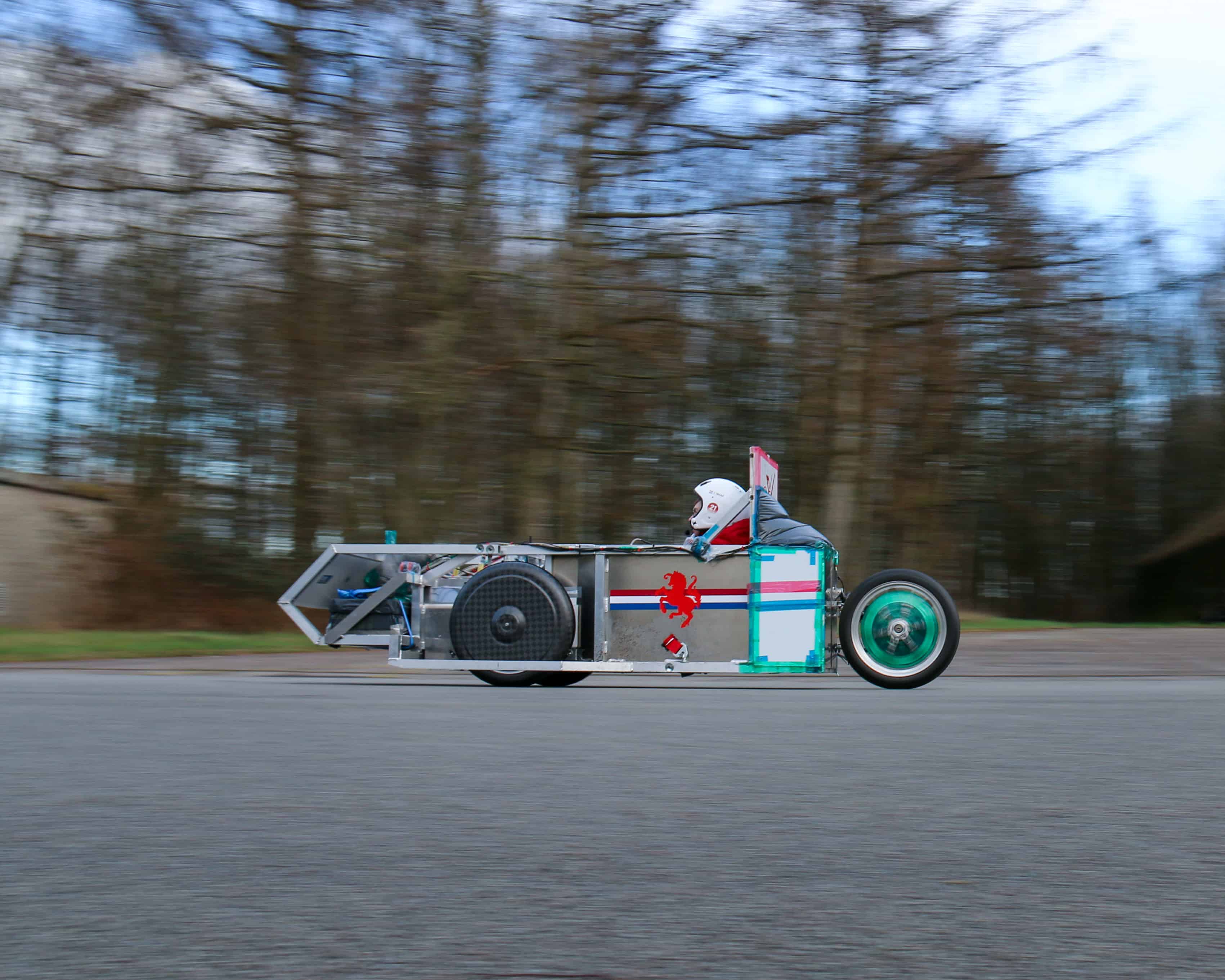
From the heart
Dutch Innovation underlines the motivation of innovators who develop from the heart, Oosterwijk adds. “They look at the same thing as everyone else, but due to their attitude, they can create differently. Like Jeroen Wijering, who practically laid the foundation for Youtube by, as he says himself, ‘just combining the already existing components. I wondered why nobody had done this yet’. Or like Bram Nauta, famous for his Nauta circuit, who designed a 20 times faster chip that no one was waiting for. It turned out to be the most energy-efficient chip – and the foundation for Bluetooth. Or take Cees Links, who convinced Steve Jobs that WiFi (invented with Vic Hayes) belongs in every computer. Another one is Martin van den Brink who, by looking beyond others, invented euv lithography, the technology that has given ASML an unbridgeable global lead.”
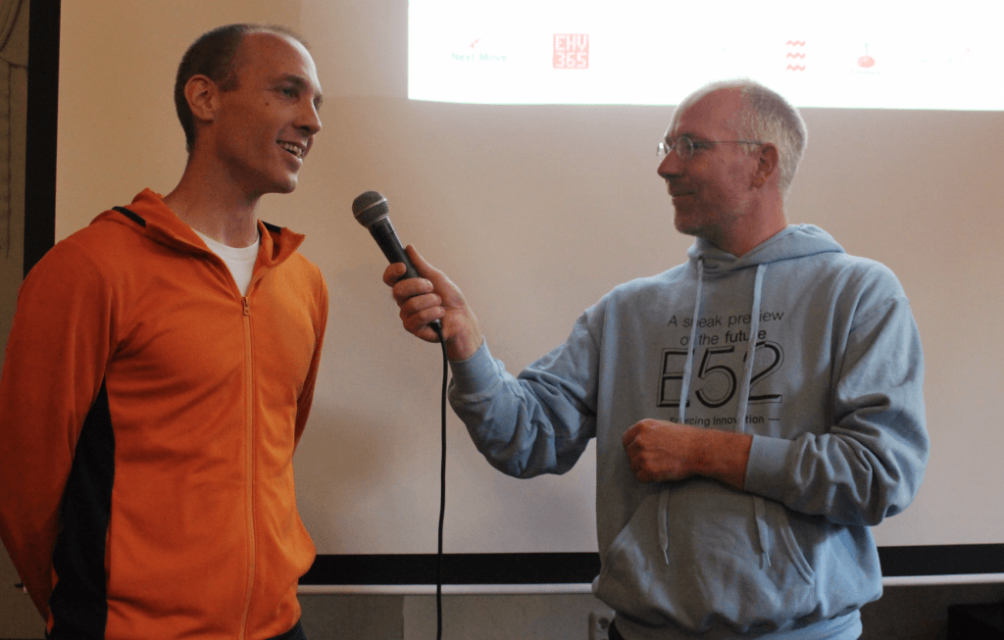
The Dutch innovation ecosystem is, according to Peter Oosterwijk, ideal for someone who wants to explore uncharted territories and can use their power of thinking and creativity to challenge the status quo. “To me, Dutch Innovation is the combination of energy, disciplines, sectors, and regions. We are a small country with incredible potential and proven success. Often humble and way too modest, and therefore unknown by too many. Dutch Innovation catalyzes the common manifestation of our curiosity, collaboration, and world-improving innovation.” And after a moment of silence and contemplation, he adds: “Talking about a manifestation, why not articulate this enormous power in a strong manifesto.”
Next week, we will publish parts 2 and 3 in this short series








